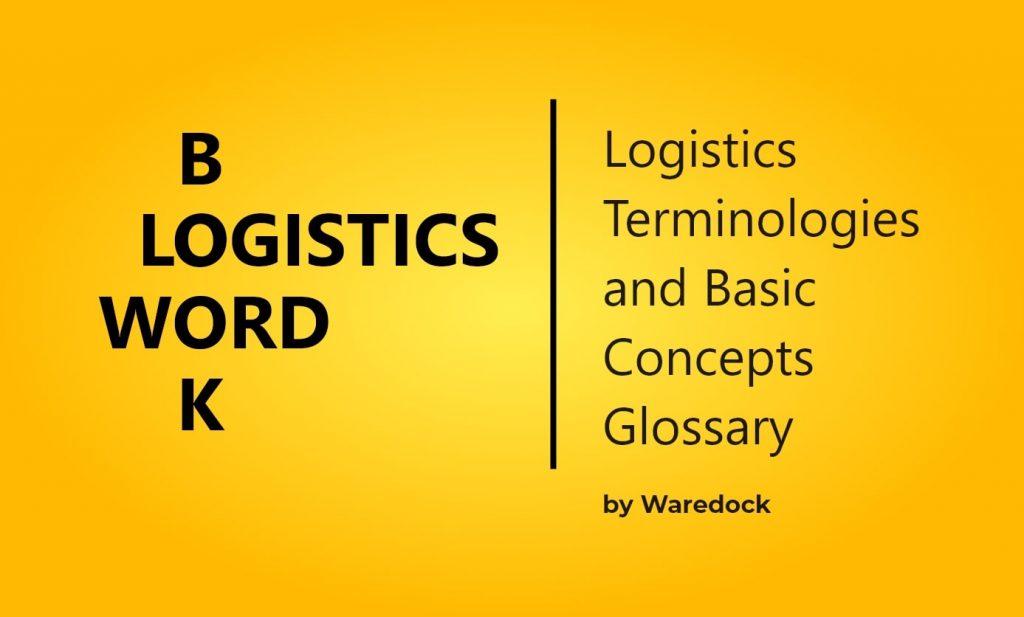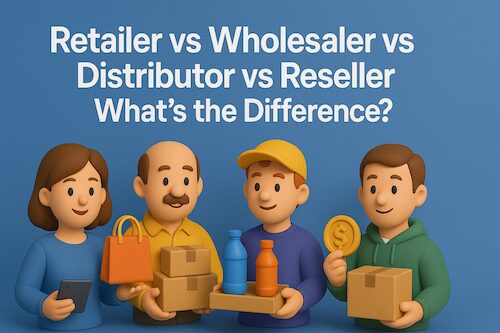The 7 storage techniques is a Toyota lean philosophy designed for warehouses to ensure safety while maintaining quality and improving productivity.
1. Store by Product
The integrated storage plan should consider and address the specific characteristics of each product. Store parts of same type and shape together into specific zones.
2. Store by Movement Rate
High frequent parts should be stored in a location that minimizes the distance it is moved, such as near primary aisles, shipping area and in low storage racks (no need for extended lifting) or for some super frequent parts an open floor space.
3. Store Long and Thin parts Vertically
Vertical storage should be applied when suitable to gain high storage utilization.
4. Store Within Easy Reach
Parts should be stored within easy reach for the picker to be able to pick them in an ergonomically way to avoid injuries.
5. Store Heavy Parts Lower Down
Heavy parts should be assigned to locations low to the ground to minimize the effort and risk of heavy lifting. Visual irregularity movement control should be used to be able to act on deviations i.e., excess material for a specific part number should be stored at an extra location and not at the standard location dimensioned for this part.
6. Store 1 Part Number 1 in Location
All parts should be stored in separated locations for the picker to be able to identify the part in a simple way and reduce picking errors.
7. Irregularities
Visual irregularity movement control should be used to be able to act on deviations i.e., excess material for a specific part number should be stored at an extra location and not at the standard location dimensioned for this part.








